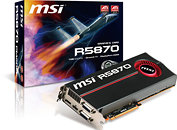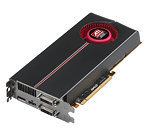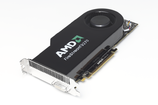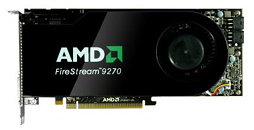
MSI Introduces the R5870 and R5850 Series Graphics Cards
As top computer gamers are demanding only the very best hardware, all manufacturers in the industry are constantly striving for the efficiency and performance to fulfill these needs. In order to adequately cater to these ever increasing performance demands, now MSI, leading graphics cards and mainboard manufacturer has joined forces with the renowned graphics chip manufacturer AMD and today officially launch the next generation MSI R5800 series graphics cards. The 40 nm GPU supports DirectX 11 and a variety of AMD-exclusive audiovisual and performance enhancing technologies, creating an entirely new series of performance oriented craftsmanship.
The brand new MSI R5870/R5850 series uses more advanced 40nm GPU to implement decisively more transistors within the same amount of space and thereby reaching a new level of performance. In addition the modern 40nm process reduces power consumption and brings about a more efficient overall electrical utilization. By using the advantages of this innovative 40nm process technology, the next generation MSI R5870/R5850 series offers outstanding performance of a new kind.
The brand new MSI R5870/R5850 series uses more advanced 40nm GPU to implement decisively more transistors within the same amount of space and thereby reaching a new level of performance. In addition the modern 40nm process reduces power consumption and brings about a more efficient overall electrical utilization. By using the advantages of this innovative 40nm process technology, the next generation MSI R5870/R5850 series offers outstanding performance of a new kind.










